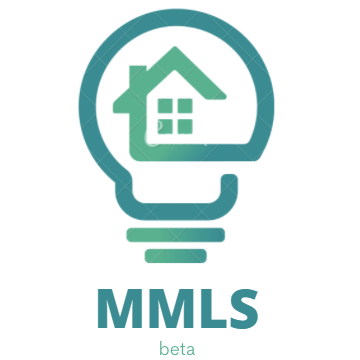The main problem for those trying to purchase a house right now is the difficult path we have to walk to acquire a house for ourselves. We have to think about a lot of things like affordability, being friendly with the environment, the commute we have to take to our jobs, and more.
We have been part of a very difficult scenario regarding housing problems, starting in 2008 and we´re still struggling today trying to complement the success in our lives with our place of living and trying to have the best quality possible without bankrupting our accounts – we can only achieve that through rethinking the needs of the communities.
A big issue that almost every community has, especially the immigrant ones, is the endeavor of getting decent quality housing without putting new generations in a difficult situation like the one we´re in. To ensure that doesn't happen, we need to be prepared to enter with a new vision of what we should expect in this housing market.
In a study prepared by the Joint Center of Housing at Harvard University, they showed that 46% of people who rent housing in rural areas pay 30% of their income in the same rent and for 24% of them it is even worse since they come to pay more than 50% of all their income to have a roof over their heads
WHY ARE MANUFACTURED HOMES IGNORED?
This question is very important because this type of housing has the potential to be the necessary answer to the housing crisis in the United States. Normally, when a person paints a picture of this type of house, it is based on outdated stereotypes or reinforced stigmas in popular culture:
- They are very old
- They are narrow
- Rusty
- Dangerous communities
- Full of garbage
Probably some of these qualifications that they received were partially real at the time, but do not reflect the reality of today. Thanks to the existing regulations, there have been many advances in prefabricated houses, among which we could highlight the following:
- Advances in factory construction technology
- Construction practices
- Security codes
- Energy efficiency standards
- Design trends
This is just to mention a few, so if we want to overcome this crisis, we must stop judging these houses by their supposed past and start seeing them for their bright future.
WHEN MANUFACTURED HOMES CHANGED
The term mobile home and manufactured home is often used as if they were the same thing, but mobile homes are those that were built before the Federal Manufactured Home Construction and Safety Standards went into effect in 1976 (known as the HUD Code). The United States Department of Housing and Urban Development created the code to ensure a minimum plan on which this type of housing should be based in terms of design, performance, and facilities necessary for a quality life. Homes manufactured prior to this code commonly featured:
- Poor build quality
- Lack of insulation
- Crumbling foundations
- Consumed almost 53% more energy than a similar house built on-site
- Financially unstable
- Low-quality materials, before aluminum cladding was used
The HUD Manufactured Home Code was established in 1976 to create unified building standards to ensure manufactured homes were safe, durable, and energy efficient. Previously, there were other codes established in the fifties and sixties that were considered inadequate and for this reason key changes were introduced such as:
• Construction Standards: These new standards include requirements for structural integrity, fire resistance, and wind resistance.
• Quality Control: For quality, what was done was to include regular inspections and examinations of construction materials and components.
• Energy Efficiency: For efficiency, a minimum standard was established that requires home heating and cooling systems, home lighting system, and insulation.
• Transportability: Something basic for manufactured homes is their transportability and the HUD code made sure that this was very important in the new regulations making sure that there were maximum measurements of size and weight and guidelines for anchoring and support systems.
In the end, all of these changes to the HUD Code have dramatically improved the safety, durability, and energy efficiency of manufactured homes. These changes have made manufactured homes a viable and attractive option for many people, and not just a better economic option.
In addition to this, modern manufactured homes have a wide range of options for customization which allows the buyer to have a range of options for plans, finishes or features. There are even some manufacturers that offer luxury attributes like granite countertops, vaulted ceilings, and walk-in closets.
As a conclusion, we can say that manufactured houses are considered much better than those built before the establishment of this code. The materials, design and construction techniques have also advanced in several factors that positively influence the quality of life of anyone looking to acquire affordable housing without sacrificing quality.

